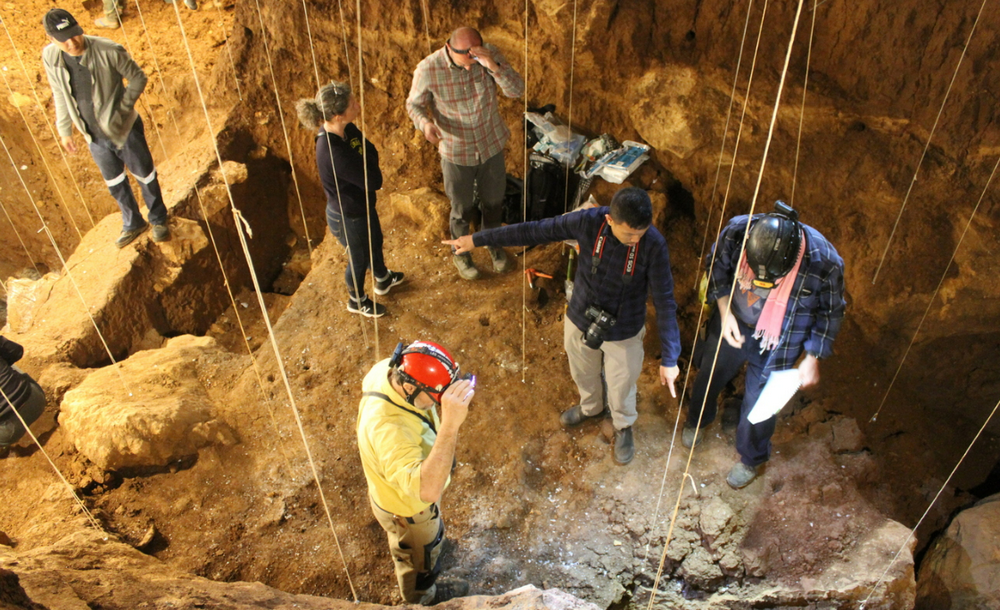Filipino Geoarchaeologist Helps Rewrite Human History in Southeast Asia
New research conducted in a cave in northern Laos suggests that modern
humans arrived in Southeast Asia more than 80,000 years ago, which is much
earlier than previously believed.
The study, published in the prestigious journal Nature, involved the analysis
of fossils and sediments from Tam Pà Ling, also known as the "Cave of
Monkeys," by an international team of scientists.
One of the researchers, Vito Hernandez, a Filipino geoarchaeologist,
pointed out that this discovery helps us understand the distribution of our
direct ancestors at a time when other now-extinct human populations
coexisted.

The photo shows Vito Hernandez, a Filipino geoarchaeologist, along with his research colleagues in Tam Pà Ling, located in northern Laos. Hernandez can be seen standing second from the right, holding a camera. The photo credit goes to Macquarie University and Kira Westaway.
The newly discovered fossils provide clear evidence of the presence of
modern humans in northern Laos dating back to around 86,000 years ago. This
finding is nearly 20,000 years older than most other evidence found in
Southeast Asia, supporting the idea of humans dispersing into East Asia more
than 60,000 years ago.
The research also suggests that this part of Southeast Asia served as an
early human dispersal route, as evidenced by the presence of Denisovans,
now-extinct humans, in a nearby cave called Tam Ngu Hao 2 also known as
"Cobra Cave".
Hernandez explained that this discovery indicates that our human ancestors
did not solely follow coastlines and islands but also traveled through
forests and river valleys as they migrated eastward. He emphasized that
further analysis is needed to determine if the genetic line of these early
modern humans survived in present-day populations.
Initially, dating the fossils from Tam Pà Ling posed a challenge, which led to
skepticism about the previously presented evidence from the cave. To address
this, the team of specialists used strategic techniques to establish the
relationship between the dated sediments and the fossils, ultimately
determining their precise age.
Hernandez stressed the importance of collaboration between Earth and Human
sciences to gain a comprehensive understanding of human evolution and
migration. He has a background in archaeology and has taught undergraduate
classes in Archaeology at the University of the Philippines (UP). He hopes to
contribute to the scientific community in the Philippines after completing his
research work in Australia.




